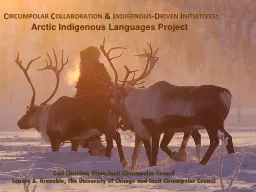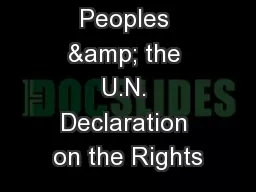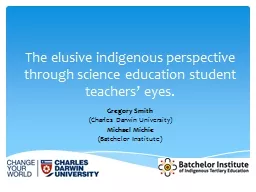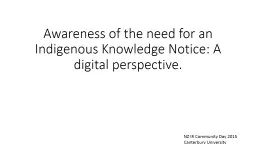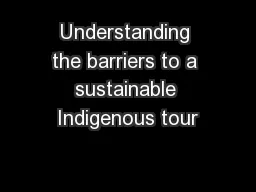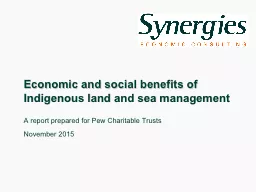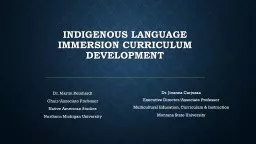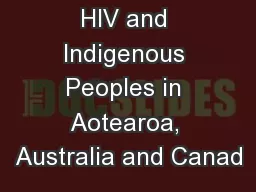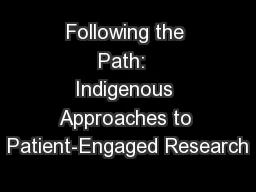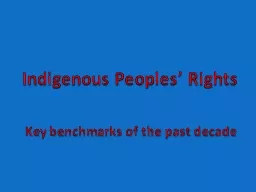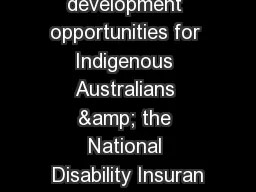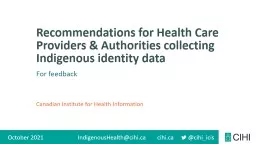PPT-Circumpolar Collaboration & Indigenous-Driven Initiat
Author : phoebe-click | Published Date : 2015-10-20
Arctic Indigenous Languages Project Carl Christian OlsenInuit Circumpolar Council Lenore A Grenoble The University of Chicago and Inuit Circumpolar Council The
Presentation Embed Code
Download Presentation
Download Presentation The PPT/PDF document "Circumpolar Collaboration & Indigeno..." is the property of its rightful owner. Permission is granted to download and print the materials on this website for personal, non-commercial use only, and to display it on your personal computer provided you do not modify the materials and that you retain all copyright notices contained in the materials. By downloading content from our website, you accept the terms of this agreement.
Circumpolar Collaboration & Indigenous-Driven Initiat: Transcript
Download Rules Of Document
"Circumpolar Collaboration & Indigenous-Driven Initiat"The content belongs to its owner. You may download and print it for personal use, without modification, and keep all copyright notices. By downloading, you agree to these terms.
Related Documents

